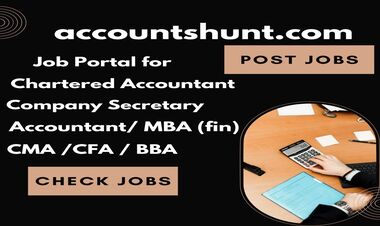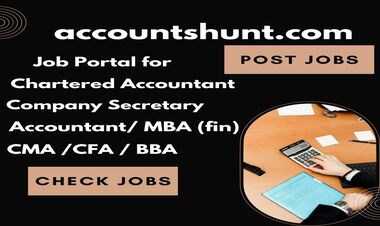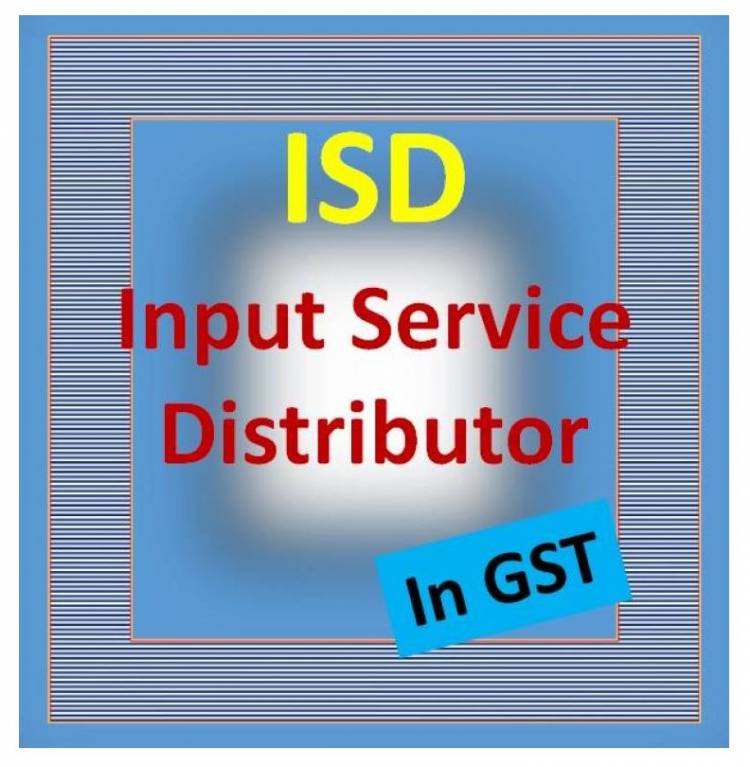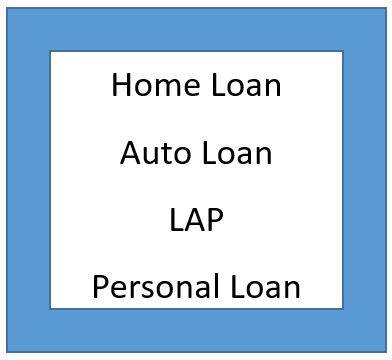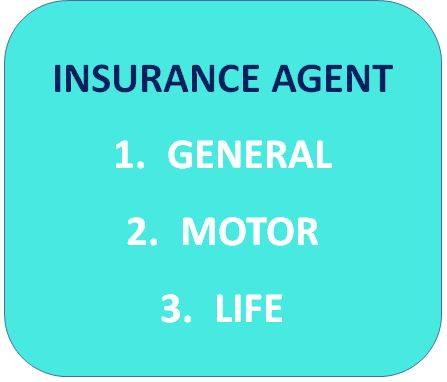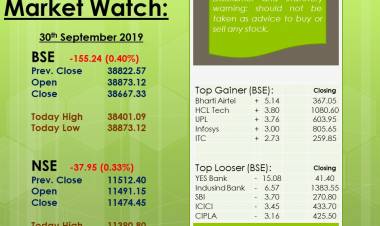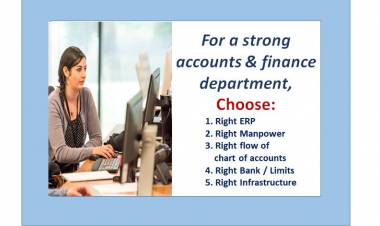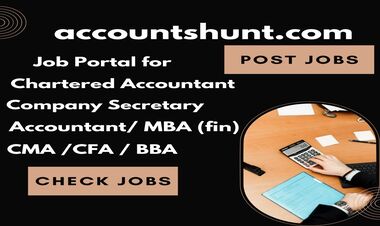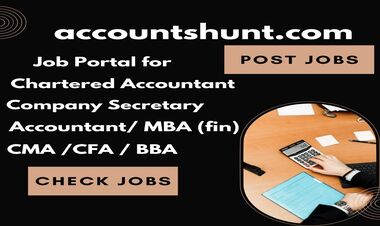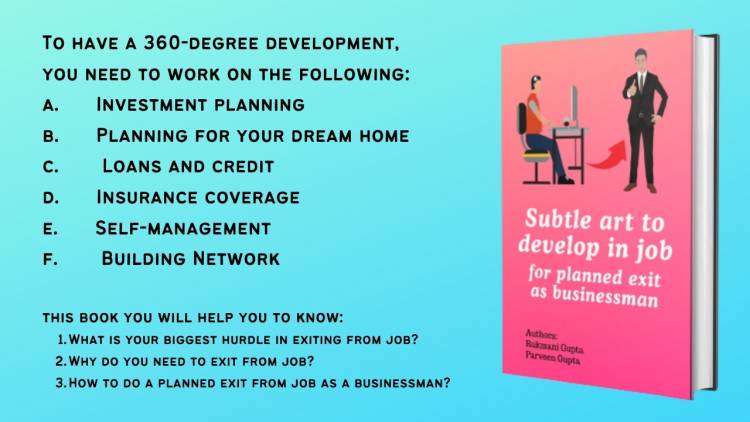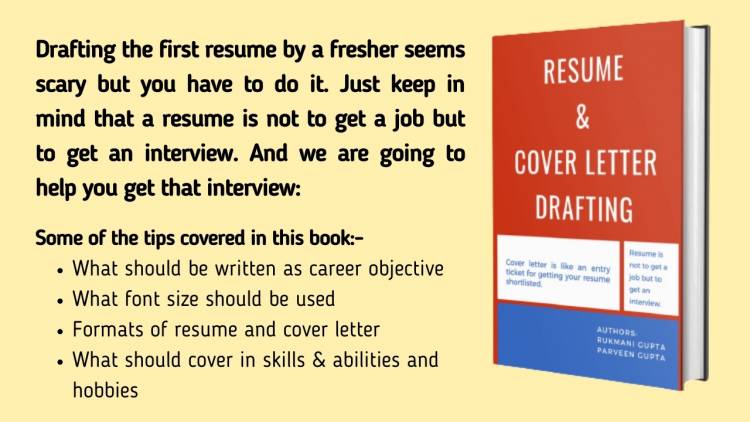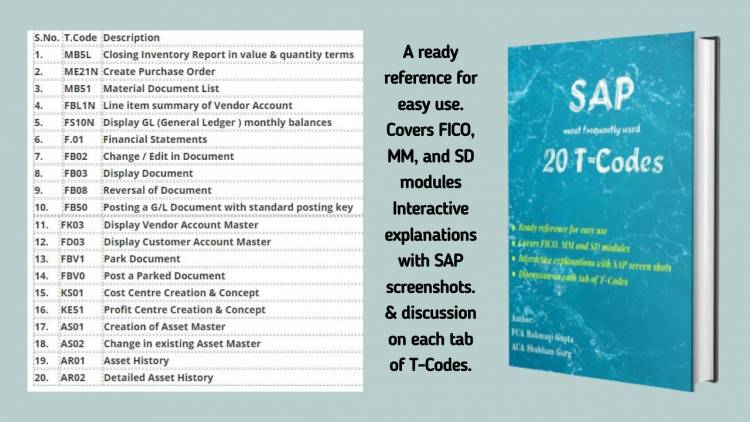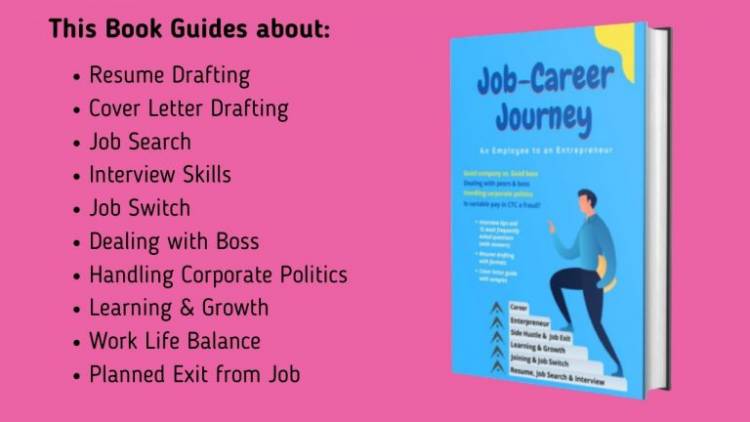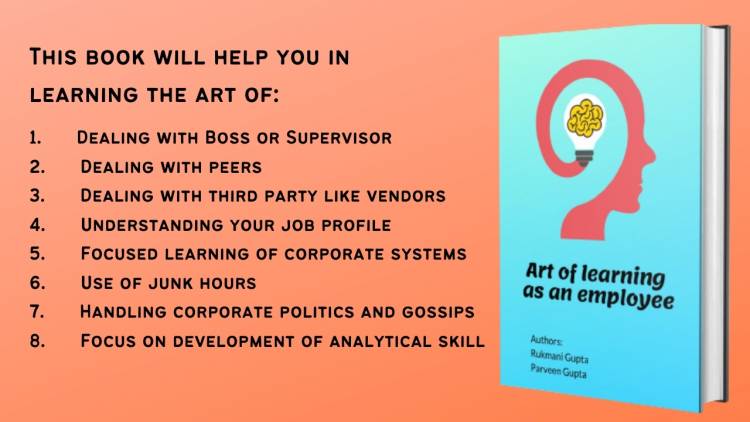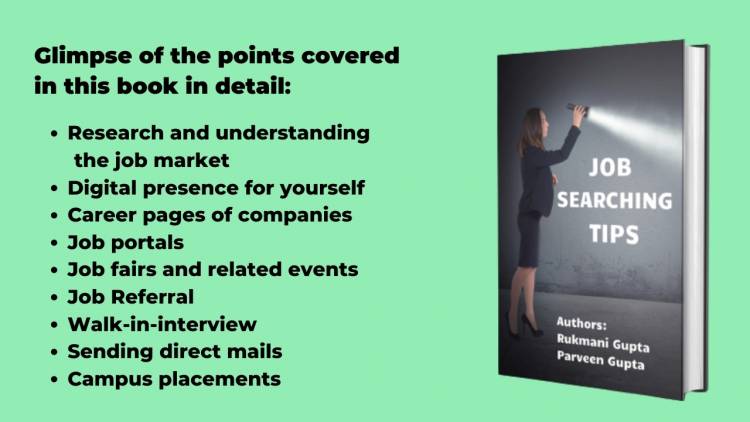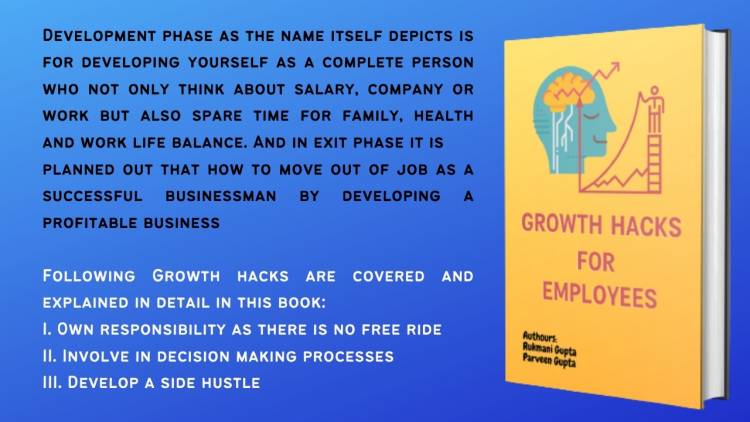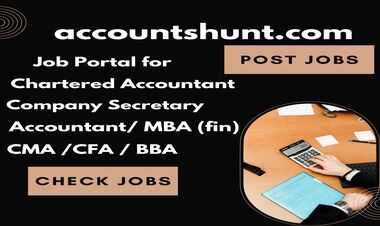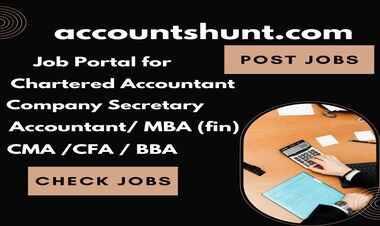Process and controlling of food and beverages cost in Hotel Industry
In any hotel industry, the main source of revenue is the room rental revenue and the food and beverages revenue. For resorts & hotels, no doubt largest portion is derived out of room revenues but food and beverages also contribute a larger chunk. But for the restaurant chain the food is the key to revenue. Hence it is utmost important to focus on the cost of food and beverages.
Since restaurants operates on tight margin, and it need a proper infrastructure and a proper staff setup to run it since from beginning even if we do not have much revenue to break even so first to reach break-even itself is a challenging job for the restaurant industry.
For any Industry there are two type of cost, controllable cost & fixed cost. For the hotel industry fixed expenses like rent, salary, warehouse expenses, electricity, maintenance, AMCs etc. are the fixed & non-controllable cost but housekeeping expenses, consumable supplies, foods & beverages ingredients cost etc. are the controllable cost, food & beverages cost is the largest portion of the controllable costs.
These are three main components of F&B cost for pricing the menu: -
- Food Cost & consumables
- Beverage Cost
- Loading of other related fixed cost like kitchen staff salary, fuel, electricity, kitchen utensils etc.
The maximum cap is decided on the basis of the comparison of prices with other hotels in local market.
Let's cover what is the process of receiving the raw material of food and beverages and how the documentation is captured in general in hotels. Generally, hotels operate four different type of modules of ERP: -
- Material Management
- Restaurant POS software
- Room Billing Software (PMS)
- Financial Software
of ERP either integrated by one software provider or a combination of different software providers, in this write up we will cover below relevant module i.e material management module.
Material Management module
In this module, item master of the raw material of food and beverages is maintaining, some software provide coding facility also. Also, a vendor master is maintained in this module. Every unit of a large size hotel had about 6 to 10 serving outlet restaurants in its premises, like 24 hour restaurant, restaurant for banquet, in room dining, bar and lounges, speciality restaurant etc. So, each unit of Hotel had their independent store and cost controller. The chef of each kitchen is responsible for the consumption of raw material of food and restaurant manager is responsible for the consumption of beverages in his outlet. The units store had an approved list of suppliers for the supplies of F&B. These suppliers are selected and approved on the basis of quotations, price comparison and quality of material. Chef raises requisition for material for the next day for perishable material to the purchase manager and for non-perishable material and dry material to the store. On the basis of combined requisitions from all the outlets of a hotel, the store raises the purchase order and get the material from supplier, after checking the quantity and quality of the material received in line with purchase order, receiving supervisor first make the good receipt note (GRN) in the MM module, and then issue the material to the respective outlets /kitchen as per their requisitions. Also records that issue of material into the MM module thereby he maintains item wise Inventory of all the food and beverages material in his MM system. Invoice is forwarded to the finance department for invoicing and payment after the GRN.
In MM module, the other details of items are also maintained like expiry date, storage instructions, unit of measurement etc. So, it becomes easy to monitor the expiry dates of various products. Following are the different ways of cost control in food and beverages of the outlet in Material Management module:
1. Standardization of recipes
The real difference comes in the consumption of material where in the chef works on the recipes out of his experience or he maintains a documented standardized recipe for more saleable menus. Clearly documented ingredients of the recipes help the Chef to estimate daily needs of perishable materials and non-perishable materials much more accurately than on estimation basis, especially with the restaurant catering for the banquets or events this part is much more important.
Even for a successful control on uses and wastage of F&B inventory is to feed the standard recipe into the restaurant billing module so that the billing module should generate estimated consumption report for the sold menu items for a day or for a week, which in turn can be compared to the material issued to the outlets and becomes easy for the chef and the cost controller to monitor consumption of F&B material at much more closure level, every reduction in wastage add straight to the restaurant gross margin so this part is equally important.
In India still most of the hotels does not feed the recipes into their billing software thereby the comparison of consumption versus issuance is done manually which is not only a time taking activity but also is less accurate as compare to system driven report. Even many software does not support the services of feeding the standardized recipes into the billing software.
2. Inventory analysis
F&B inventory is generally issued on FIFO basis that is first in first out. Different type of analysis done for inventory on monthly or weekly basis like ABC analysis (high value goods are checked in detail and procure only unlimited quantity as per the requisition), slow moving and non-moving analysis (the inventory which is less used or no more used as either sold back transferred to other network hotels).
3. MIS exchange discussion platform between the kitchen and the store
Various mis reports related to inventory lying at the store and consumption analysis should be drawn regularly and circulated among the kitchen and store in charge and should be periodically discussed between them with a thoughtful analysis on the standard consumption versus actual consumption, actual wastage and the underlying reason for wastage should be identified and efforts should be made to eliminate those reasons. Also, inventory levels for each item should be defined carefully so as to keep in mind the nature of goods like perishability or non-perishability, considering expiry dates, considering the cost and value of material, considering storage space required by the material etc.
The above entire job becomes easy if we are able to integrate our POS system to MM system, define the cost consumption recipe for each of the selling menu. Many software vendors like birchstreet, Micros etc. are available with different features for MM.
 Download APP
Download APP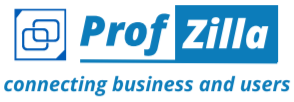
 Prakash Kumar Jha
Prakash Kumar Jha 
